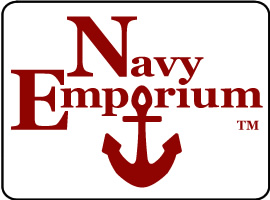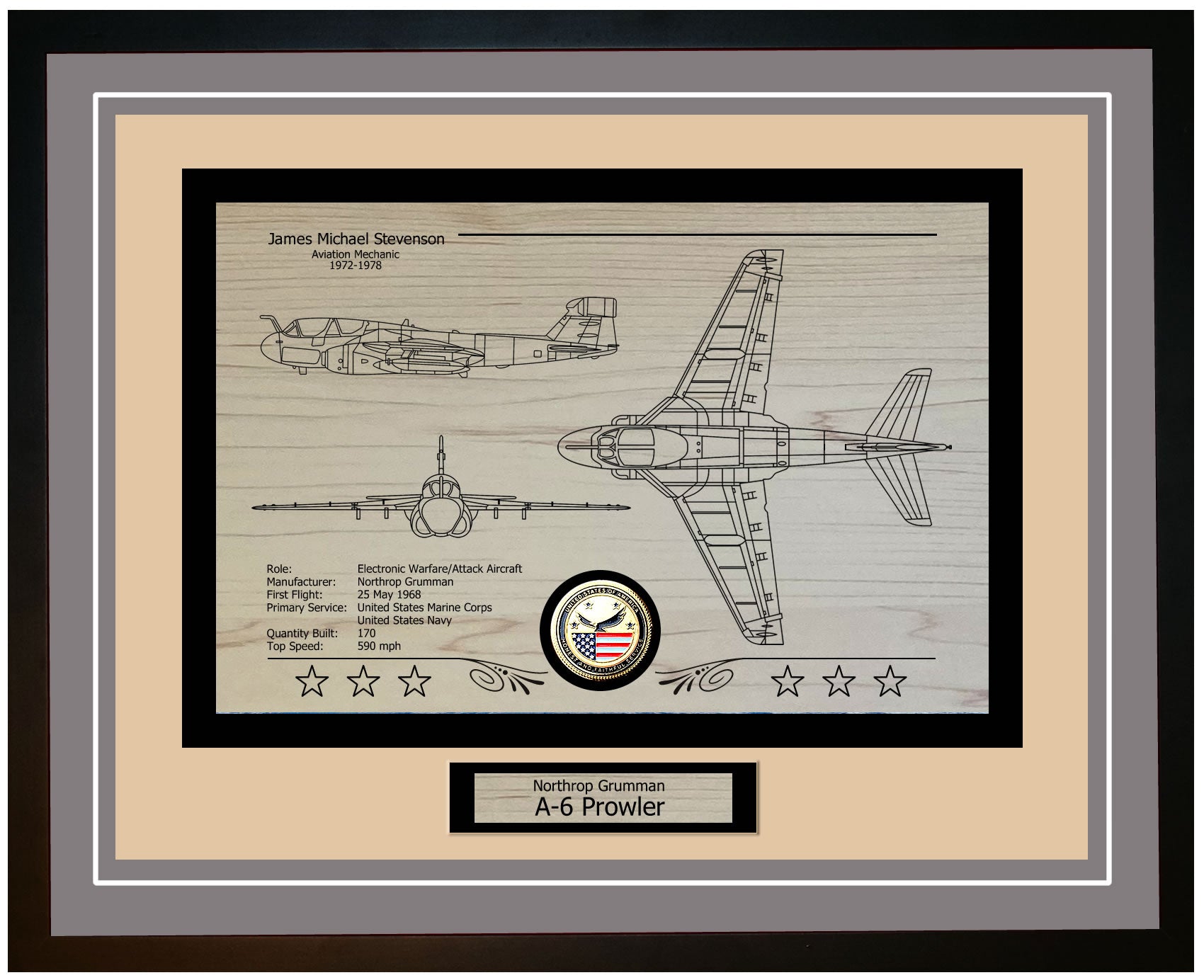The USS Bunch (APD 79) was a transport ship built during World War II, a time of progress in naval technology and ship construction. It was constructed at the Consolidated Steel Corporation shipyard in Orange, Texas, on December 27, 1943. Initially designated as a destroyer escort (DE 694), it was later reclassified as a high-speed transport (APD 79) on June 27, 1944, to meet the changing demands of the U.S. Navy during the war. Launched on January 29, 1944, it officially entered service on March 21, 1945, under the command of Lieutenant Commander W. S. Johnson.
The USS Bunch was named after Ensign Kenneth Cecil Bunch, a naval aviator posthumously awarded the Navy Cross for his bravery during the Battle of Midway. His courage and sacrifice inspired the crew and emphasized the ship's role in supporting operations and special missions. Naming ships after distinguished individuals was a tradition aimed at instilling pride and dedication in both the vessel and the crew.
A notable aspect of the USS Bunch was its versatility and ability to adapt. Serving as a high-speed transport, the ship was outfitted to transport troops, cargo, and landing craft, playing a key role in assaults. It was armed with weapons such as 5-inch guns, 40mm aircraft guns, and depth charge projectors to defend against both surface and aerial threats. Its speed and agility allowed it to carry out tasks ranging from reconnaissance missions to direct combat support.
The impact of the USS Bunch on the U.S. Navy was significant during World War II, showcasing a shift toward multipurpose vessels. Its capability to swiftly deploy personnel and equipment in contested areas proved vital for the Navy's warfare strategy. The USS Bunch and similar ships demonstrated how high-speed transports could enhance naval capabilities, influencing tactics and ship design in the post-war period.
Belonging to the Charles Lawrence class of high-speed transports, the USS Bunch was part of a class that originated from the conversion of Rudderow-class destroyer escorts. This class was custom-made to fulfill operational requirements, blending the swiftness and nimbleness of destroyer escorts with the transport capabilities needed for landing missions. These vessels were primarily intended to facilitate the deployment of troops and equipment in hostile environments, thereby playing a vital role in the success of amphibious assaults.
The USS Bunch was officially put into service on March 21, 1945, and swiftly joined duty in the final phases of World War II. Its commissioning marked the beginning of its operational life, during which it would engage in missions to support Allied war efforts. The crew, trained and prepared for challenges, embarked on a journey that would see them contribute significantly to some of the most pivotal operations of the war. The commissioning of the USS Bunch signified not only the operation of a ship but also the mobilization of a team ready to uphold the values and mission of the U.S. Navy.
USS Bunch APD-79: A Deep Dive into the Engineering Marvel and Firepower of a Naval Workhorse
During World War II, the USS Bunch (APD 79) served as a high-speed transport vessel. Originally built as a destroyer escort, it was later converted to meet the changing needs of the U.S. Navy. Measuring 306 feet long and 37 feet wide, with a draft of 12 feet, this ship had a sturdy steel hull designed to withstand the challenges of naval warfare. Its primary function was to transport troops and equipment, proving invaluable for operations.
In terms of technology, the USS Bunch was outfitted with cutting-edge navigation and communication systems for its era. It boasted radar and sonar capabilities for detecting enemy submarines and surface vessels, enabling it to operate effectively in both offensive and defensive roles. The ship's propulsion came from two General Electric turbo-electric drive engines, giving it a speed of around 23 knots. This speed was essential for troop movements and agile maneuvers in combat scenarios.
The USS Bunch was well-prepared in terms of weaponry to defend itself and assist in operations. It had a 5-inch/38 caliber gun that could target both surface and air threats. The ship was also equipped with 40mm Bofors and 20mm Oerlikon cannons, ensuring strong protection against enemy aircraft during missions. To counter threats, the USS Bunch carried depth charges and hedgehog anti-submarine mortars, enhancing its defense capabilities.
In addition to its armament, the USS Bunch had the capacity to transport troops and equipment effectively. It could accommodate up to 200 troops along with their gear, playing a crucial role in assaults. The ship featured four LCVP (Landing Craft, Vehicle, Personnel) boats for transporting troops and equipment from the ship to the shore. These landing craft were vital for conducting beach landings and establishing control in enemy territories. With its speed, firepower, and troop-carrying ability, the USS Bunch proved to be a valuable asset in the U.S. Navy's arsenal during World War II.
USS Bunch APD-79: Evolution of a Naval Workhorse and Its Enduring Legacy
The USS Bunch (APD 79) underwent enhancements during its service, improving its operational capabilities and extending its usefulness in the fleet. Originally serving as a high-speed transport vessel, it was outfitted with radar and sonar systems that were regularly updated. These enhancements included the installation of anti-submarine warfare (ASW) tools, upgraded communication systems, and improved navigation equipment. The ship's armaments were also periodically reassessed and modernized to ensure it could effectively carry out its mission tasks, including adding anti-aircraft guns and depth charge projectors.
Designed to fulfill various roles, the USS Bunch primarily involved swiftly transporting troops and equipment to hostile or contested regions. Its speed and maneuverability made it well-suited for operations where it could directly land troops on the shore. Equipped for submarine warfare, the USS Bunch played a crucial role in detecting and neutralizing enemy submarines. It showcased its versatility and resilience within the Navy by excelling in search and rescue missions while engaging in combat operations.
Throughout World War II, the USS Bunch made diverse contributions to the fleet. It participated in operations like the Okinawa invasion, where it transported crucial troops and provided vital support. Its speed and maneuverability allowed it to evade enemy threats while efficiently delivering reinforcements and supplies. Following the war, the ship continued its service in capacities such as training exercises, ASW patrols, and humanitarian missions. The USS Bunch's ability to adapt and its consistent reliability solidified its position as a cornerstone of strategies during its years.
The USS Bunch (APD 79) embodied the adaptability and strength of high-speed transports in the U.S. Navy. Through enhancements, it maintained its effectiveness as an asset over time. With a range of mission capabilities, the ship significantly contributed to both wartime and peacetime activities, highlighting the crucial role such vessels play in upholding naval superiority and supporting broader military goals. Its enduring legacy underscores the importance of flexibility and technological progress in warfare.
USS Bunch APD-79: A Legacy of Valor and Versatility on the High Seas
The USS Bunch (APD 79) played a vital role in key missions during its service in the United States Navy. Launched in 1945, the vessel was first sent to the Pacific Theater toward the end of World War II. Acting as a high-speed transport, the USS Bunch was responsible for ferrying troops and equipment to locations often facing enemy threats. Its speed and maneuverability were essential for deploying forces, greatly contributing to the success of attacks and strategic maneuvers.
In the Korean War, the USS Bunch was recommissioned to aid United Nations forces in repelling Korean and Chinese offensives. The ship's adaptability allowed it to take on various roles, including troop transport, supply delivery, and even command operations. Its involvement in the conflict underscored the importance of high-speed transports in warfare by providing crucial support to ground forces and enhancing the overall efficiency of military campaigns.
Beyond its combat missions, the USS Bunch participated in peacetime drills and training exercises. These activities ensured the crew remained prepared and skilled for conflicts. By engaging in exercises with allied navies, the ship fostered partnerships and promoted better coordination among different military units. This commitment to readiness and collaboration demonstrated the ship's value to the United States Navy.
During its service, the USS Bunch received accolades and awards for its contributions to security and military efforts. The ship was honored with the World War II Victory Medal for its actions in the Pacific Theater and the Korean Service Medal for its involvement in the Korean War. The crew also earned unit recognitions and commendations for their performance and dedication. These accolades highlight the USS Bunch's impact on military missions and its enduring legacy in naval history.
USS Bunch APD-79 Ship Specifications
| Specification | Details |
|---|---|
| Class | Charles Lawrence Class High Speed Transport |
| Commissioned | August 21, 1943 |
| Displacement | 1,740 tons |
| Length | 306 feet |
| Beam | 36.9 feet |
| Draft | 10.6 feet |
| Speed | 24 knots |
| Complement | 213 |





